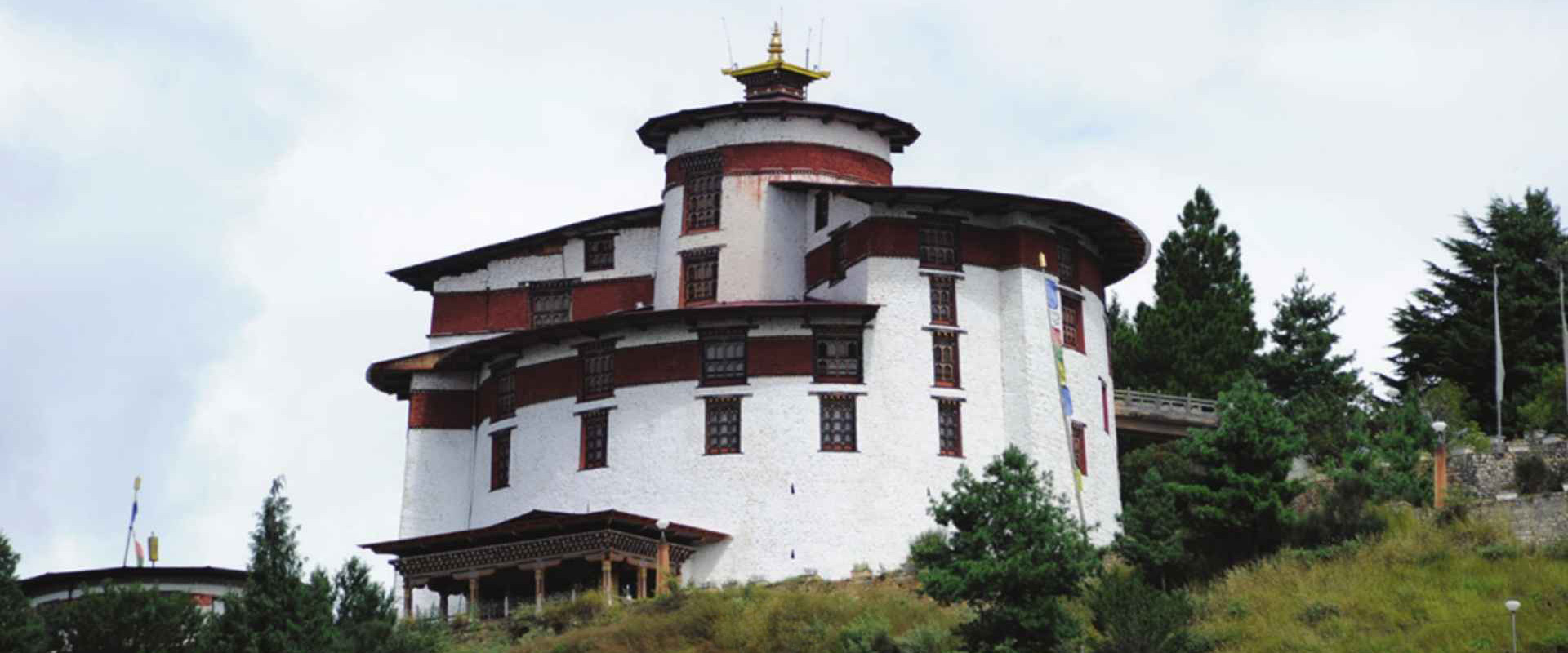Opening Hours Daily
9.00am to 5.00pm
Last Admission: 4:00 pm
The National Museum is open throughout the week except on government and local holidays.
Admission Fees
| International visitors | : | Nu. 500.00 |
| Locals | : | Nu. 100.00 - Free admission for monks, nuns, students and seniors 65 years and above |
Preserving Bhutan’s Richest Lessons in Art, Spirituality, and Himalayan Splendour
Originally constructed in 1649 as a strategic watchtower to safeguard Paro Dzong from potential invasions, the National Museum of Bhutan stands as a testament to the nation’s cultural resilience and heritage. Over the centuries, this historic structure has undergone a remarkable transformation. In 1968, it was repurposed as the National Museum under the patronage of His Majesty the Third King, Jigme Dorji Wangchuck, to house Bhutan’s most treasured artifacts.
In 2011, a devastating earthquake caused significant damage to the museum, threatening both its collection and structure. Full restoration efforts commenced in 2014 with the support of the Government of India, and the museum officially reopened on June 24, 2020.
Today, the museum serves as a vital custodian of Bhutan’s spiritual, artistic, and historical legacy. Its vast collection of over 3,000 items, including sacred relics, royal heirlooms, and cultural artifacts, provides an immersive window into the Kingdom’s rich traditions and enduring values. The museum plays a crucial role in preserving and sharing Bhutan’s profound cultural narrative with visitors from around the world.
In addition to its permanent exhibits, the museum regularly hosts temporary artist exhibitions, which play a significant role in promoting the local arts scene and fostering a deeper understanding of Bhutan’s evolving cultural identity. These temporary exhibitions not only enrich the cultural offerings of the museum but also encourage dialogue between Bhutan’s historical heritage and its contemporary artistic expressions. Furthermore, they support the museum’s mission to be a dynamic cultural center, engaging visitors with the creative spirit of Bhutan and its ongoing cultural evolution.
Galleries of The National Museum
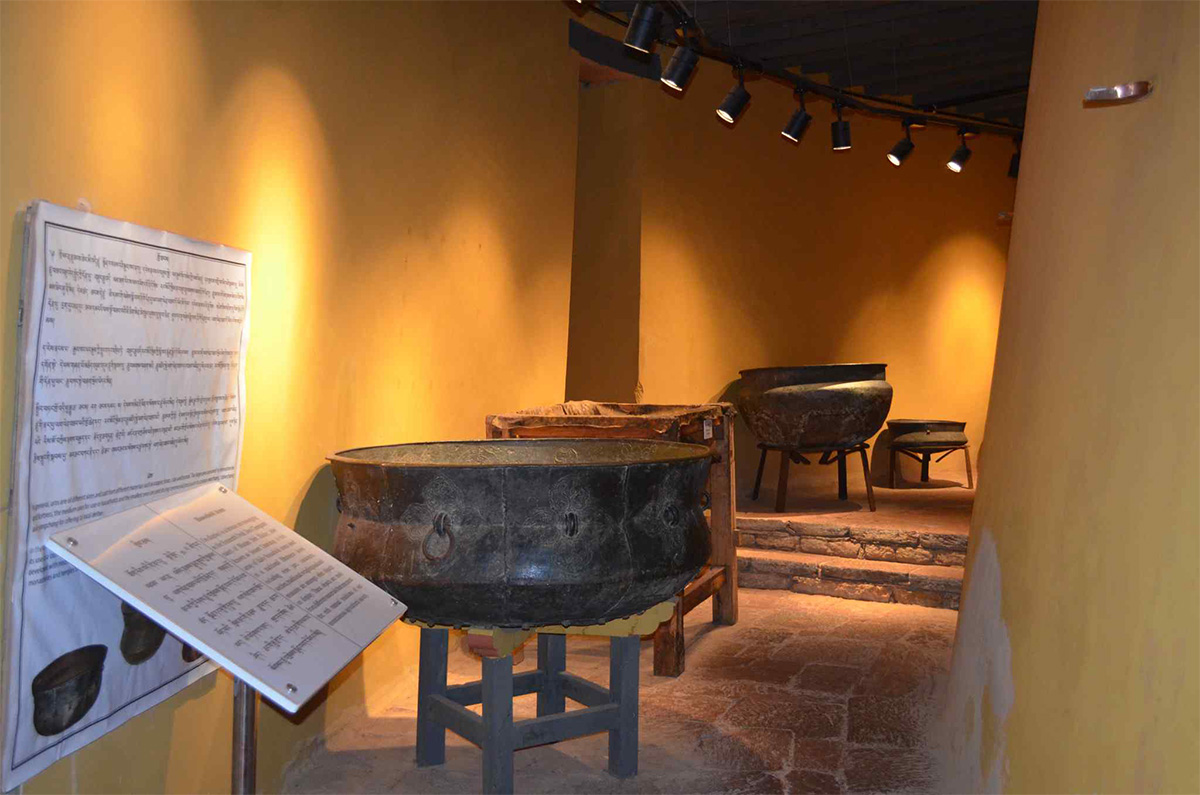
Ground Floor
Farming Implements, Pots, and Vessels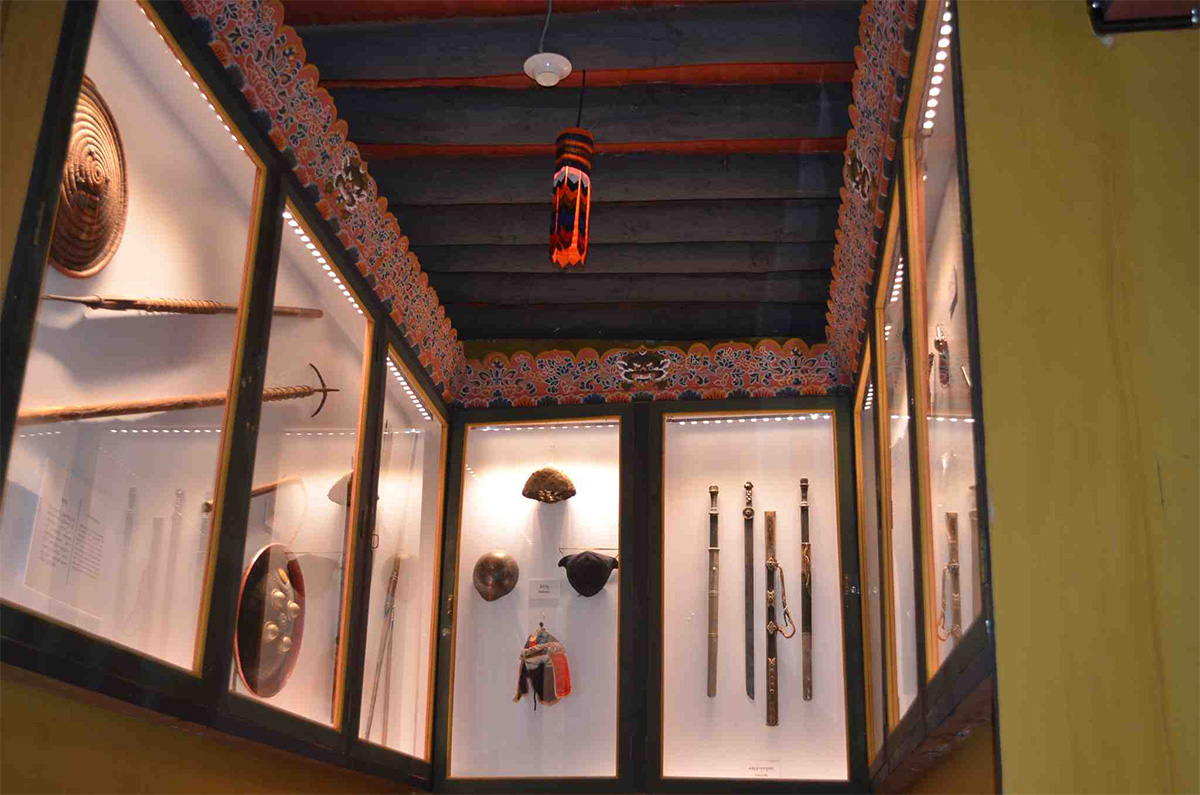
First Floor
Arms and Cane Items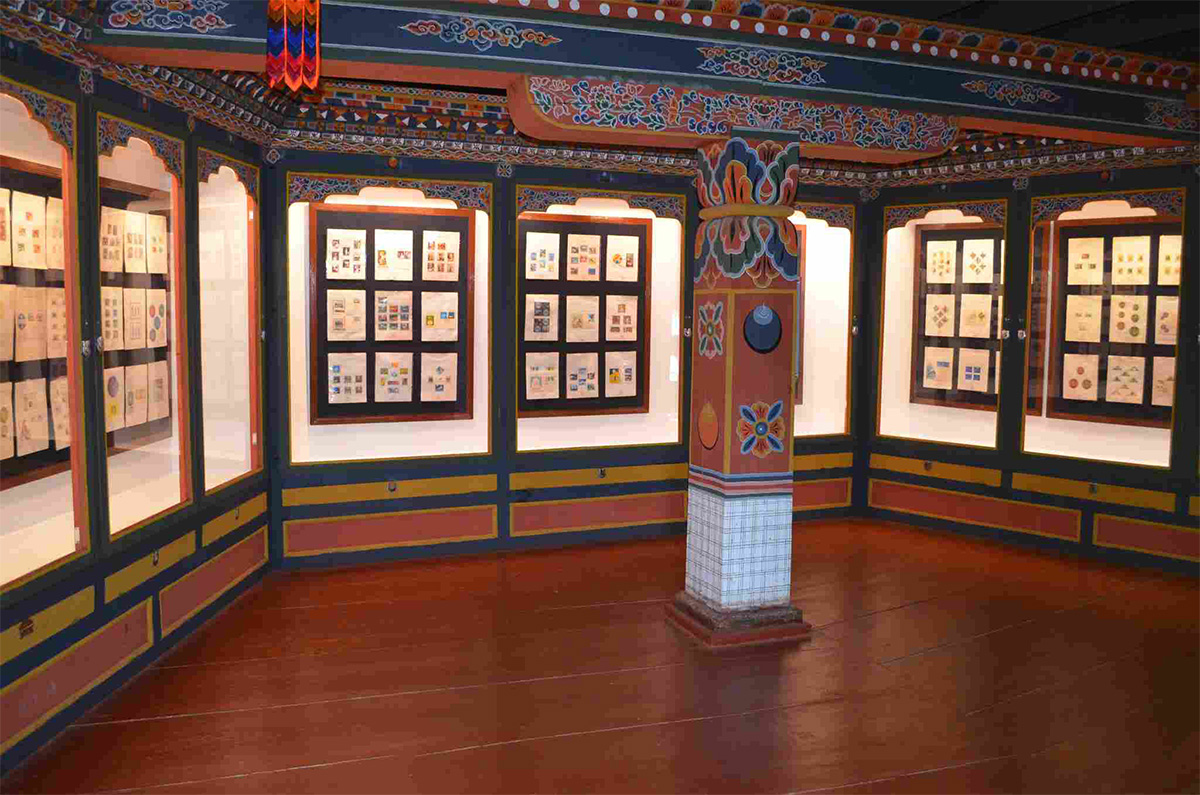
Second Floor
Stamps, Jewellery, and Currency
Third Floor
Royal Gallery and Traditional Costumes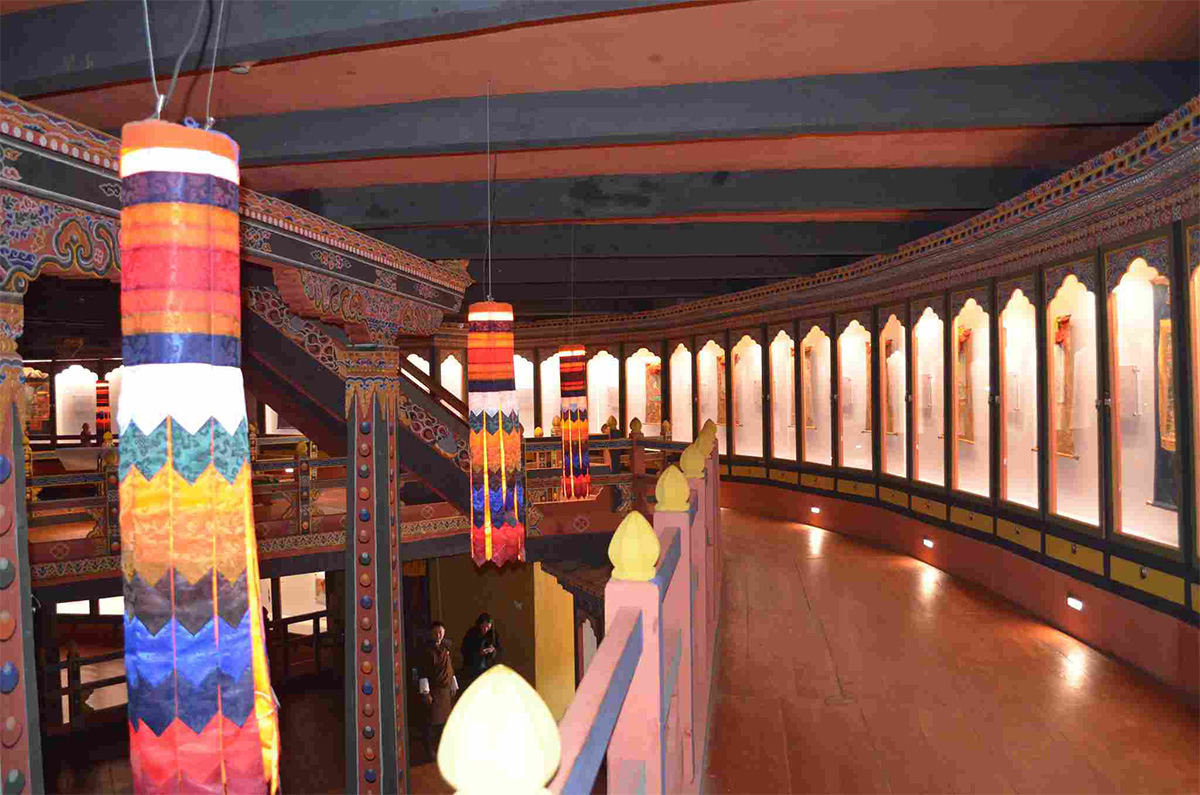
Fourth Floor
Prehistoric and Early Buddhist Artifacts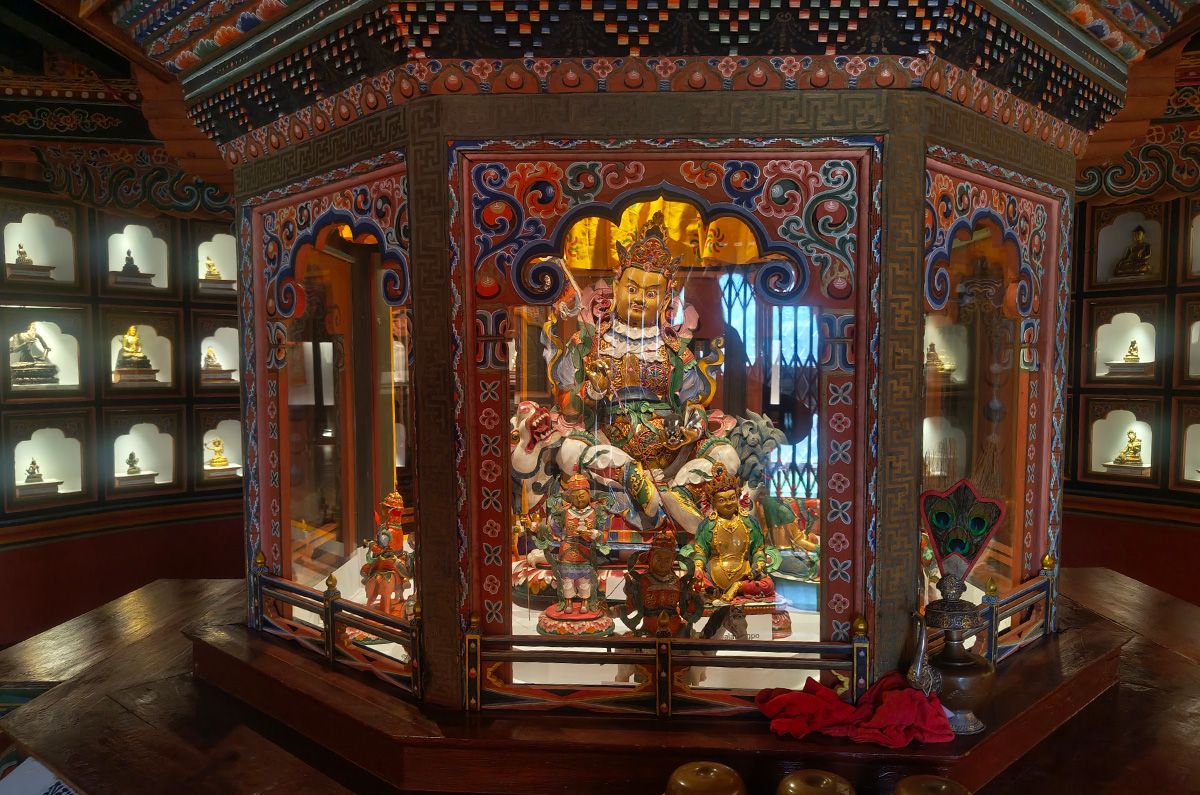
Fifth Floor
The Chapel of the Wealth Deity and Thangka Gallery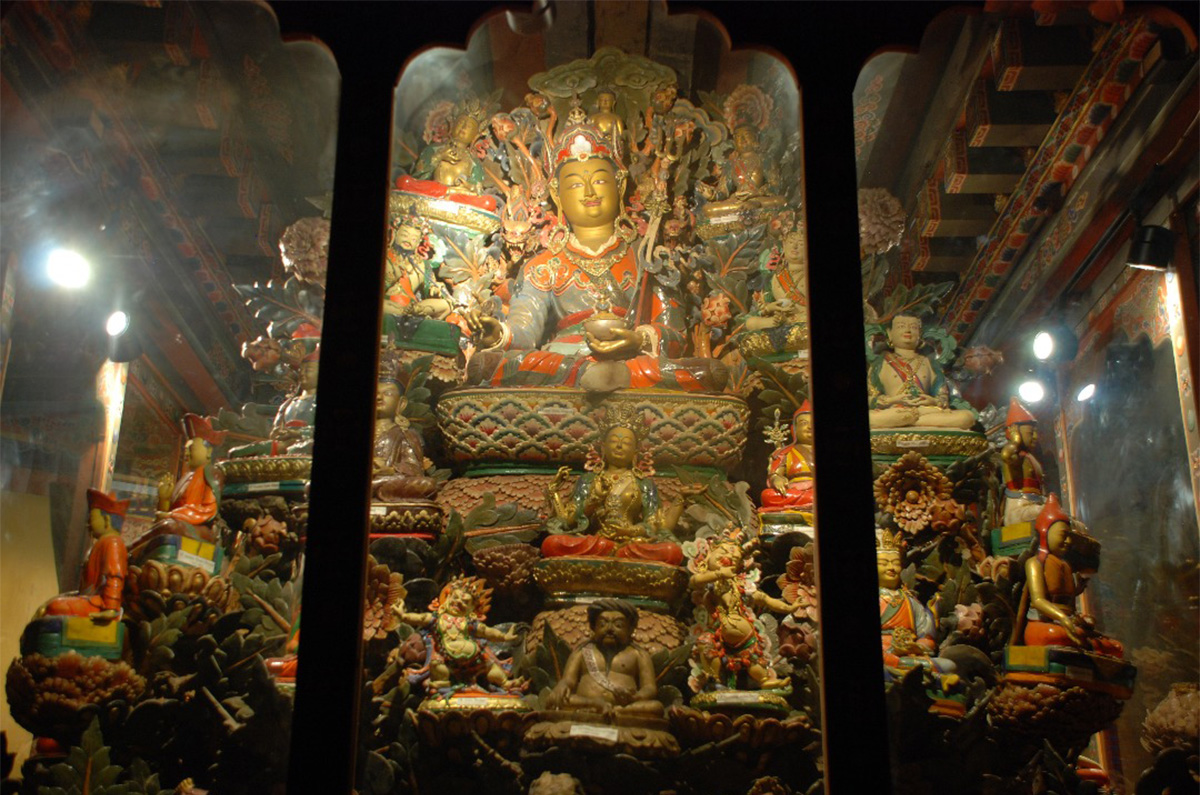
Sixth Floor
Tshogzhing Lhakhang (Chapel of the Tree of Merit)Natural History Gallery
(Located in the administrative building)
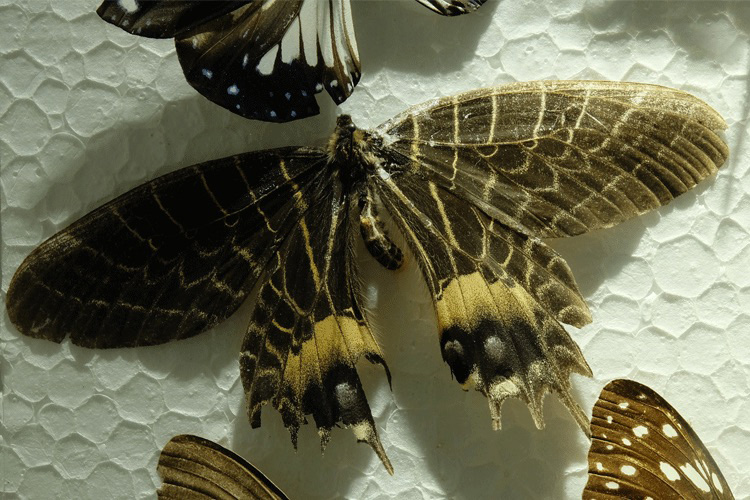
This is a key space dedicated to preserving and showcasing Bhutan’s natural and cultural history. Established in 2012 with support from DANIDA (Danish International Development Agency), the gallery features preserved specimens of native wildlife, including the Takin (Bhutan’s national animal), snow leopard, deer, and the rare Bhutan Glory butterfly. Most exhibits were donated by the Department of Forestry and Park Services and the Department of Geology and Mines. It also highlights Bhutan's mineral resources and showcases the ‘Bhutan Glory’, a butterfly species unique to the country. The gallery offers a unique window into Bhutan’s rich biodiversity and contributes to the preservation of the nation's natural heritage.
Museum Team
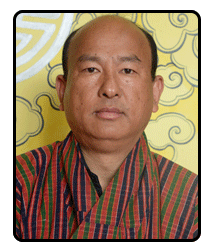
Phendey Lekshey Wangchuk
Officiating Director
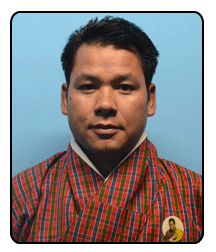
Rinzin Namgyel
Chief Chemist
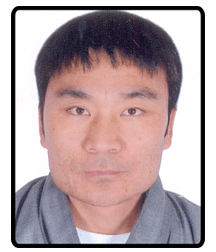
Kinley Gyeltshen
Curator
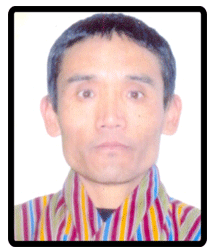
Dorji Wangchuk
Museum Assistant
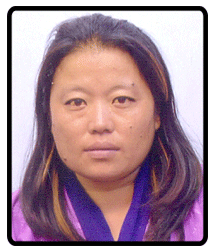
Yonten Zangmo
Electrician
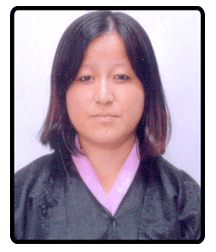
Saraswati Gurung
Administrative Assistant
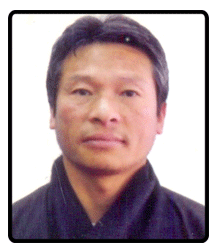
Lobzang Norbu
Photographer
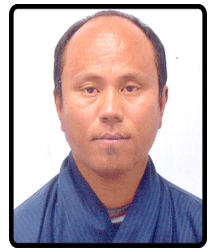
Kamal Pokwal
Conservation Assistant
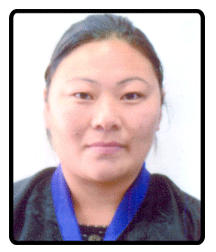
Karma Dem
Museum Assistant
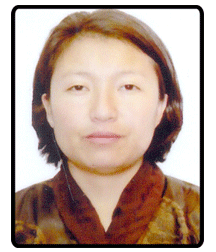
Dechen Choden
Museum Assistant
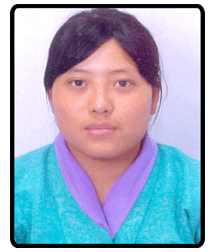
Chimmi Wangmo
Museum Assistant
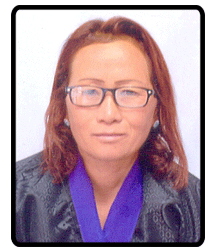
Durga Maya Monger
Museum Assistant
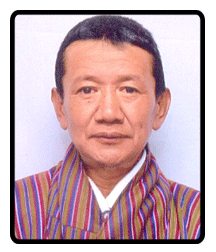
Kencho
Museum Assistant
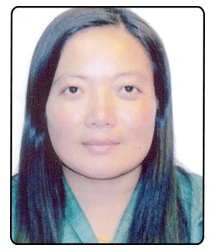
Dorji Zangmo
Museum Assistant
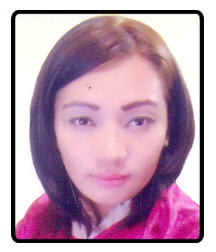
Phurpa Zangmo
Museum Assistant

Phuntsho Choden
Ticketing In-charge

Phendey Lekshey Wangchuk
Officiating Director

Rinzin Namgyel
Chief Chemist

Kinley Gyeltshen
Curator

Dorji Wangchuk
Museum Assistant

Yonten Zangmo
Electrician

Saraswati Gurung
Administrative Assistant

Lobzang Norbu
Photographer

Kamal Pokwal
Conservation Assistant

Karma Dem
Museum Assistant

Dechen Choden
Museum Assistant

Chimmi Wangmo
Museum Assistant

Durga Maya Monger
Museum Assistant

Kencho
Museum Assistant

Dorji Zangmo
Museum Assistant

Phurpa Zangmo
Museum Assistant

Phuntsho Choden
Ticketing In-charge
Visitor Guidelines
Photography and Videography are not permitted inside the museum
Lockers are available for cameras.
Schools & VIP Groups: Guided tours available by request.
The National Museum of Bhutan
The Museums of Bhutan are managed by the Department of Culture and Dzongkha Development, Ministry of Home Affairs, which leads national efforts to preserve Bhutan’s rich cultural heritage and promote the living traditions that define the Kingdom’s identity.
Getting there
The National Museum of Bhutan is located in Paro, Bhutan, above Rinpung Dzong
